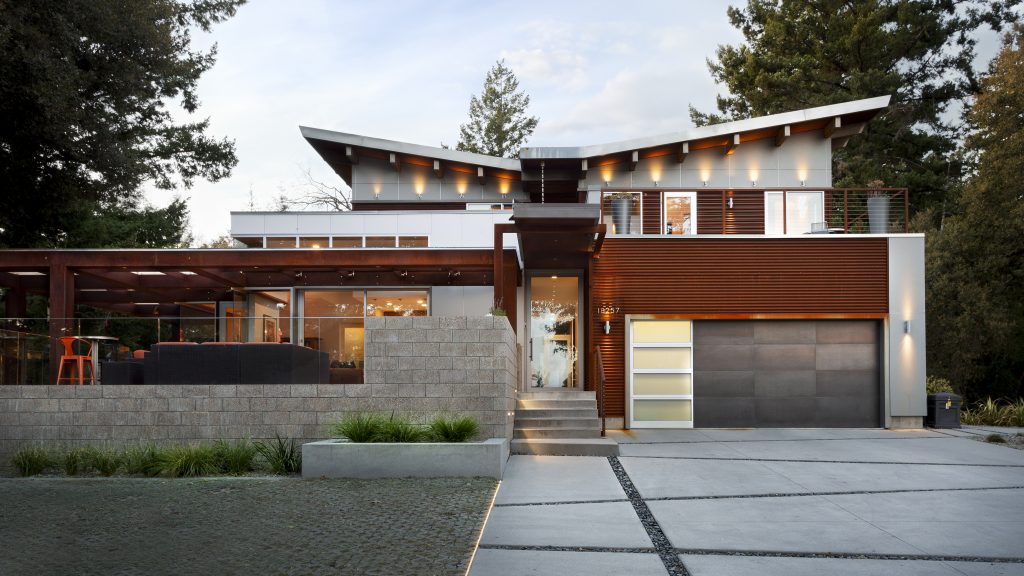When Jerrod Nicholls joined Fuse Architecture, he immediately jumped in as PM on three different projects. He’d been working in Archicad and there was no time to re-learn Revit on the job. “Rather than refresh my memory on Revit I’d last used 8 years before in school, I used Archicad and committed to taking Revit classes on-line to catch up,” said Jerrod.
That never happened. Instead, Jerrod’s dilemma became a side by side comparison between Archicad and Revit at this small architect-led design-build firm in Santa Cruz, California.
What everyone knows about Revit is BIM, parametrically coordinated information drawn in 2D to create a 3D model. While a leap beyond computer aided drafting (CAD) programs, Revit’s history as an engineering tool meant it was more focused on documentation than design. Jerrod’s colleagues had questions as they watched him work. It became clear to everyone that Archicad was a more powerful design tool than Revit.

“Very early on using Archicad, I recognized it had SketchUp qualities,” said Jerrod. The partners at Fuse saw that too, and so began a six month debate over whether to fully switch to Archicad. It was clearly silly to have both systems in an office of ten users. Two key factors in their final decision were their project types and the firm’s design focus.
80% of projects designed and built by Fuse Architecture are high-end custom residential where fluidity in the design process is important. “You really have to sketch out a lot of ideas and need a better understanding of the design before you bring it into Revit,” said Jerrod. Initial hand sketching is still a critical tool but design moves into the computer sooner with Archicad.
Flexibility to explore design through massing iterations and studies supports the firm’s design focus. “Design is the motto of our firm, you can look around the Santa Cruz area and tell which projects are Fuse projects,” said Jerrod. “There’s a level of design very evident in the work that we do.” Archicad was a perfect fit for their portfolio.
And with integrated construction services, Archicad provides a software platform from concept through completion for design-build.
Making the Switch
Today everyone in the office has at least one project underway in Archicad, while projects started in Revit will continue through completion. Tom Simmons, Business Director at ARCHVISTA, provided documentation “cheat sheets” for people with a Revit background to help make the switch to Archicad smoother. “It includes simple things like where to find different commands and how to personalize the interface,” said Jerrod.
Office standards were a typical patchwork. The original graphic standards were solidly grounded in AutoCAD, refreshed with a layer of Revit, now with an Archicad overlay of more options. “Trying to implement office standards while at the same time working has been a challenge,” said Jerrod. Every small firm can relate to that struggle.
But there have also been opportunities for software simplification. The firm has consolidated its multiple seats of AutoCAD, Revit, SketchUp, 3dsMax, Lumion and InDesign into Archicad licenses. No more exporting to PhotoShop or other software for rendering touch up. Jerrod recalled spending a whole day in Lumion before feeling like he was just starting to learn how to use the software. After two hours using Twinmotion, which has a direct link to Archicad, he felt comfortable.
Exceeding Expectations
The ability to do sun studies through the seasons has been a value add for clients. Not having to outsource presentation to another program, being able to bring clients in and provide them with an interactive design review using the Archicad model, “they leave the office with expectations met,” according to Jerrod.
And clients who’ve had the full 3D design experience feel justified in their choice to engage an architect, and to pay a higher level of fees for a deeper level of service.
Written by Sue Lani Madsen, AIA Member Emeritus, Freelance Columnist

